Do you want to see more blossoms? But you’re not sure why your plants aren’t blooming? If Your Plants Aren’t Blooming, Here’s What You Should Do!
If you’re wondering why your favorite flowering plant isn’t blooming, it might be for a variety of reasons. Let’s have a look at them and see what you can do if your plants aren’t blooming.
Lack of Sunlight
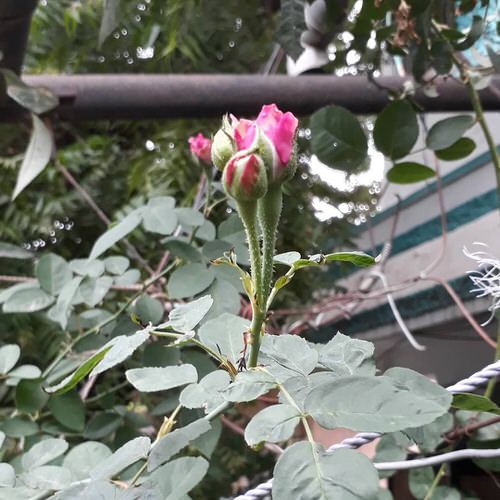
The absence of sunshine is the number one reason why most blooming plants do not blossom. Despite widespread notion that 4-5 hours of sunshine per day is sufficient, most blooming plants require more than 6 hours of strong sunlight every day to blossom freely.
Check your specific plant’s growth requirements to verify if the sunshine requirement is met.
Pick the Right Location
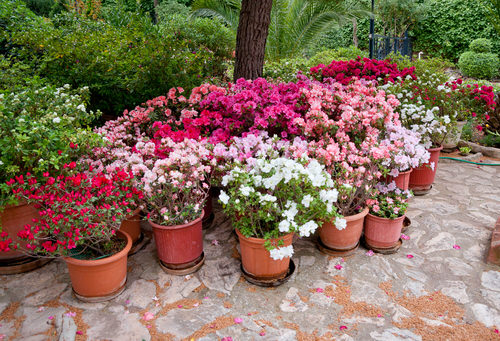
While some flowering plants may happily bask in the sun all day, others will require just the perfect amount of sun followed by shade for the remainder of the day. Impatiens, Azaleas, Rhododendrons, and Hydrangeas all thrive in partial sunshine, but they will suffer if exposed to intense afternoon light.
Flowering succulents, roses, and bougainvilleas, on the other hand, will be delighted to be in the afternoon sun.
Maturity Period
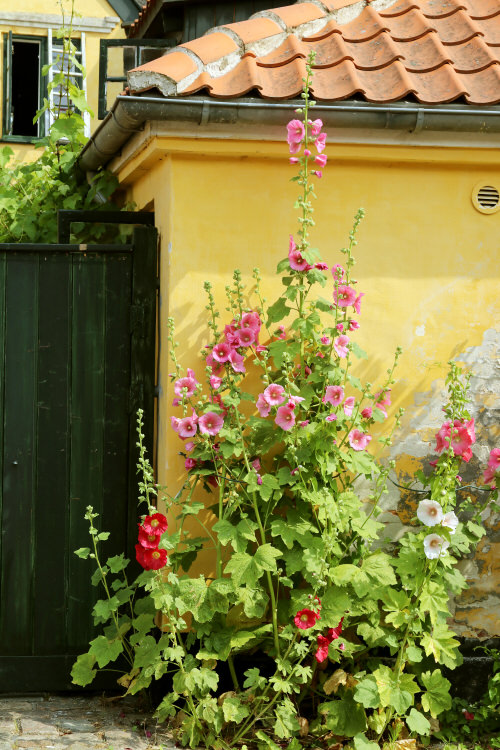
Every plant has its unique maturation time during which it blooms. Some plants will bloom fast, while others will not:
- Annuals blossom just once throughout their growth season, generally in the spring, summer, or fall, however some may appear to flower in the winter.
- The second year is when biennials blossom the most. Flowers like hollyhocks will not bloom profusely the first year.
- If you want flowers that bloom again and again, perennials are the way to go.
Excessive Fertilizers
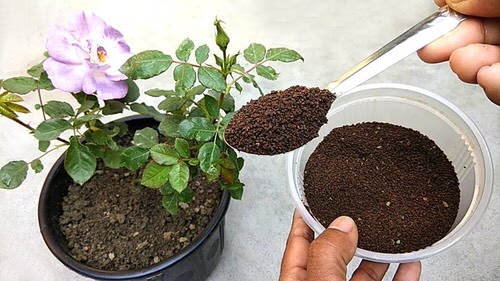
People believe that fertilizing the plant too much would cause it to blossom quickly and profusely. This isn’t correct. If you use too much of it, you may be doing the exact opposite, preventing the plant from flowering and maybe killing it as well.
Before altering your course of action, check your plant’s soil and fertilizer requirements, and take the necessary steps to deliver nutrients to the soil to help it blossom.
Tip: Use a high-nitrogen fertilizer sparingly since it promotes luxuriant foliage at the price of brilliant blooms.
Lack of Fertilizer
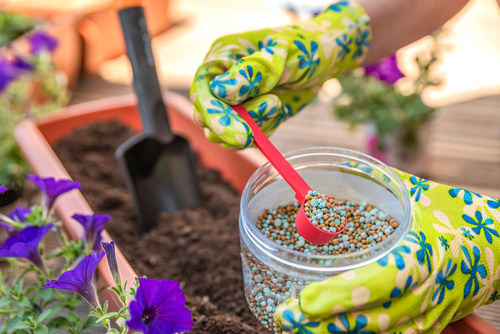
Blooming will be aided by the use of a phosphorus-rich fertilizer, since it increases the transfer of energy for root growth and flowering. It also helps with photosynthesis and controls a variety of metabolic processes, all of which help plants produce more flowers.
For abundant blooms, a 15-30-15 or 10-30-20 combination is preferable, but if you see a general lack of growth, a balanced liquid fertilizer like 20-20-20 is recommended.
Is Your Plant Sick?

Your plants’ failure to blossom might potentially be due to pests or illnesses. From time to time, look for indicators like drooping foliage, blotches on leaves, and pests on the undersides of buds.
To get rid of the problem immediately away, use insecticidal soaps or a neem oil solution on the plant. Wait for the plant to blossom after it has recovered its health.
Incorrect Pruning
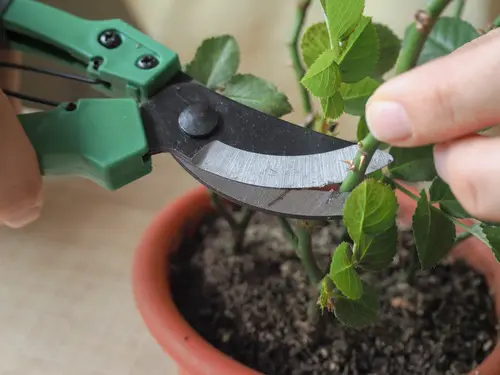
It’s possible that trimming at the incorrect time is the main reason why your plants aren’t blooming. Pruning the plant late in the season removes all of the buds that will blossom the following year.
Before you start snipping off healthy buds in advance, check for pruning instructions on your flowering plants.
Winter Damage
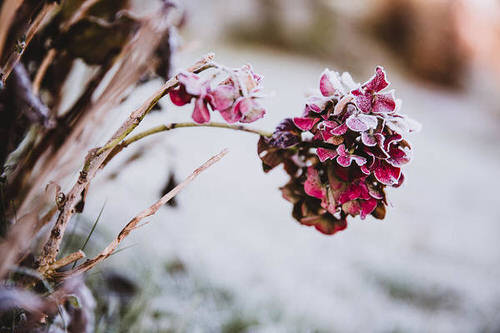
Snow usually acts as an insulator and protects the plants, but strong and extreme freezing winds can damage the buds.
To establish their buds, plants require a period of dormancy. If the temperature drops too low, the buds may die, preventing the plant from blossoming at all. Bringing the plant indoors will protect the buds and plants from the elements. You may even cultivate plants like Christmas cactus, which can happily blossom indoors during the winter months!
Provide all of the warmth, security, and care that the plant requires over the difficult winter months so that they blossom perfectly in the approaching season!
Overly Large Pot
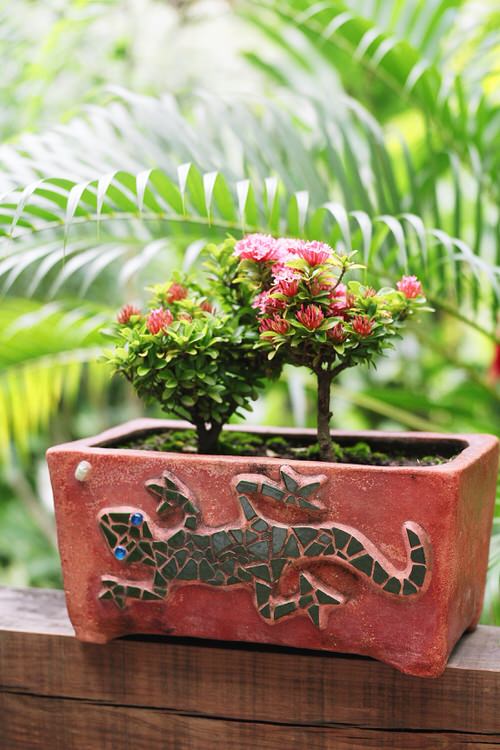
Growing flowers in pots that are larger than necessary will result in less blossoming since the plant will use more energy to developing its roots. The container should always be one size larger than the plant’s root ball, especially for annuals. This will guarantee that your plant blooms now rather than focusing its energy on root growth!
Get Rid of Suckers
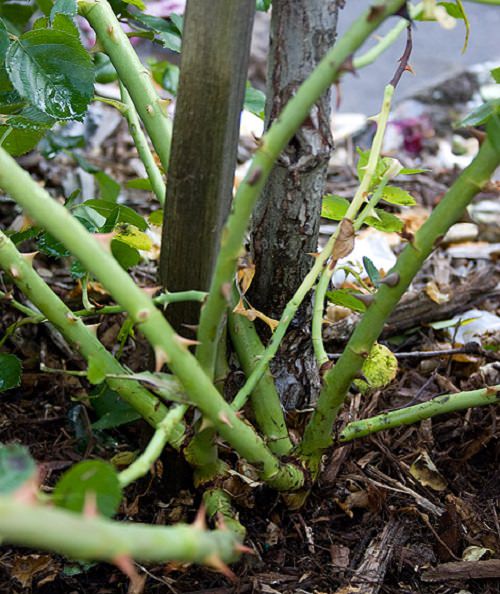
Suckers are branches that emerge from the rootstock of the shrub. They’re long and thin, with somewhat distinct leaves and foliage than the main plant.
If you’re growing grafted roses, you’ll want to be cautious. They will eventually replace the original plant if not clipped away in time.
No Deadheading
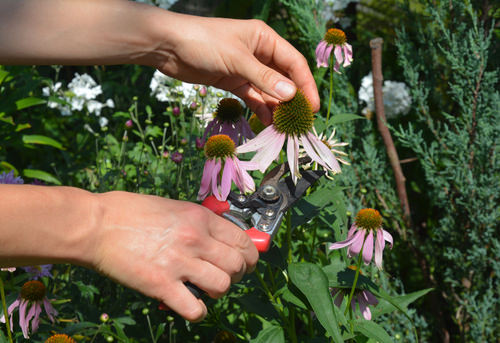
The easiest technique to guarantee that the plants continue to bloom is to deadhead (remove fading blossoms). Simply snip away old blossoms with pruning shears or your hands to encourage new blooming.
Snapdragon, Cosmos, Zinnia, Heliotrope, Dahlias, Marigold, Geraniums, and Petunias are among the flowers that gain the most from deadheading.
New Growth vs. Old Growth
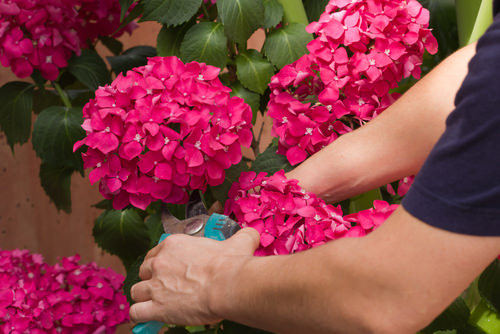
You must be able to distinguish between new and old growth while trimming the plant. Flowers such as forsythia bloom on old wood, therefore removing the old stem will prevent the plant from blossoming. Trim the plant after it blooms if it’s old wood.
Some hydrangea and spirea kinds produce blooms on new growth, and snipping away the young stems prevents the plant from blossoming. The optimal time to prune new growth is late winter or early spring.

